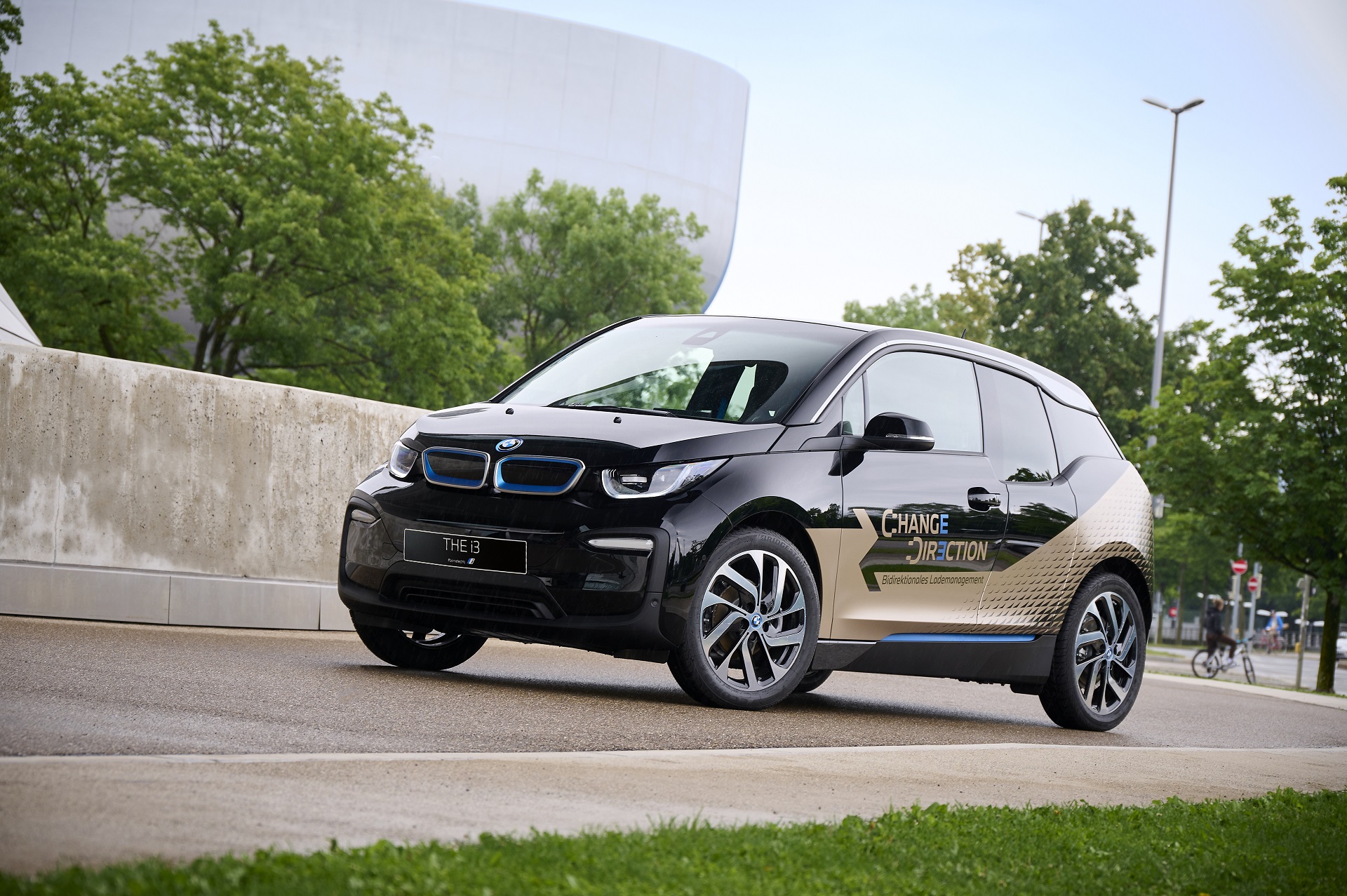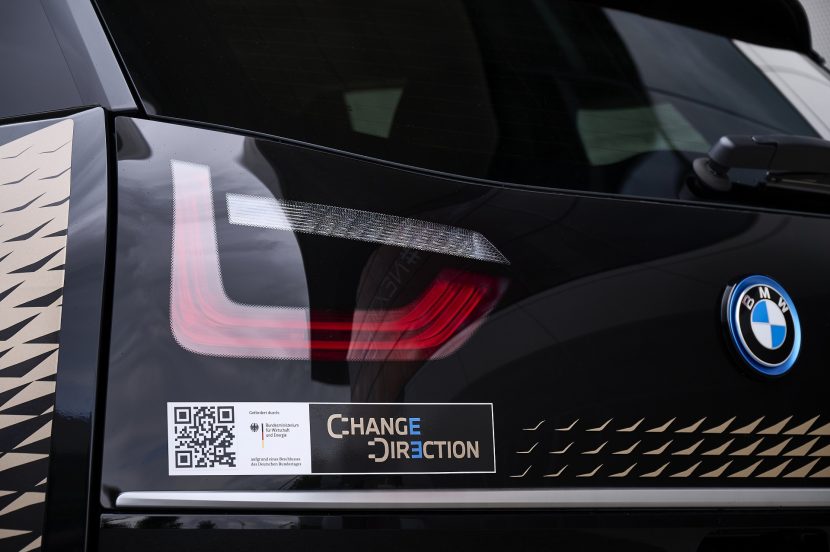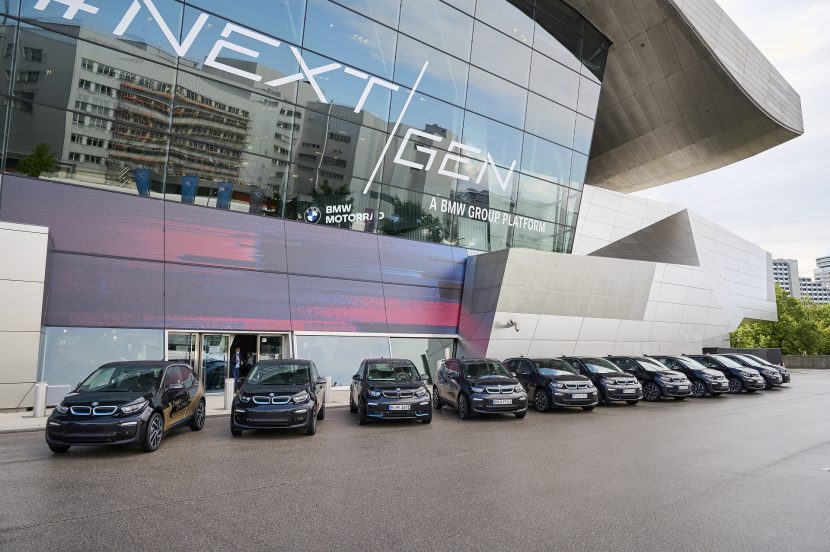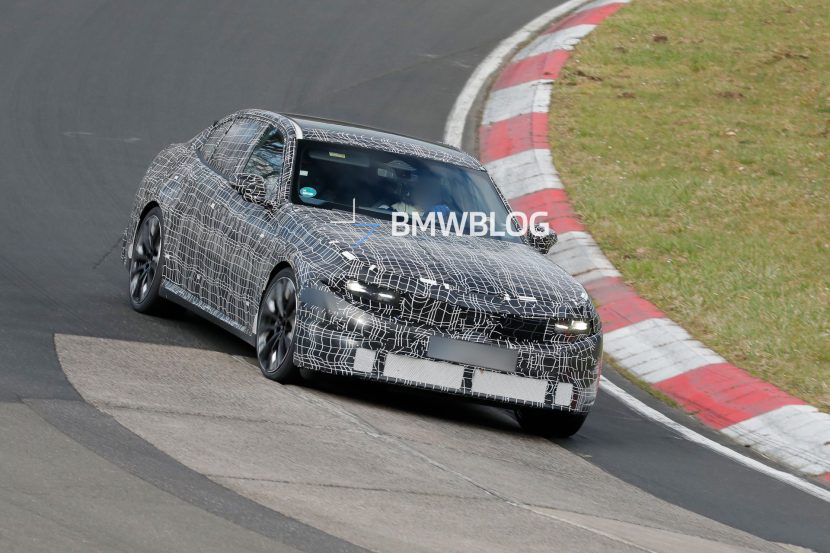One of the key technologies meant to enhance the electric future is Bidirectional Charging. This is a technology that allows electric cars to not only take energy from the network but also feed some of it back, if it’s needed. This way, the large battery packs used by most electric vehicles on the roads could be used to stabilize the network or even make money for the owners.
BMW has been working on this tech for a while and last year, the engineers promised that the first cars with this tech on board will be delivered in 2021. The moment has finally come and a first batch of 20 BMW i3 models with BCM (Bidirectional Charging Management) have already been delivered to their customers, in a special event held at Munich yesterday. Thirty more such cars will be delivered in the coming weeks.
The ability to feed energy back into the electric grid will effectively turn the electric vehicles’ batteries into mobile energy storage devices that can also supply electricity when required. Integrating as many electric vehicles as possible into the power grid in this way calls for myriad innovations in terms of vehicle technology, charging hardware, charging management, communication interfaces with energy sector stakeholders and legal parameters.
The pilot customers will now be the first to benefit from this new technology package. It essentially consists of the in-vehicle and backend technology, the intelligent wallbox and the networking for interconnecting the electric car, wallbox and electrical installation in the customer’s building with the power grid. The first effect of this that impacts customers directly will be the maximization of energy generated from their own photovoltaic system in their consumption pattern, resulting in a sizeable reduction in electricity costs.
Later on, in a second stage of the rollout of this technology, customers will be able to engage in new business models for energy trading and power grid stabilization. Stage three will extend the trial to customers with fleets of electric cars, who will use their vehicles as short-term storage devices for eliminating power consumption peaks in the daily load cycle. The main challenge here, according to BMW, was harmonizing the interaction between the individual components and both existing and future communication standards.
This new technology will be essential in the future, as the number of electric vehicles on the roads grows and the pressure on the grid increases. With Bidirectional Charging, plugged-in vehicles can suspend and later resume charging when prompted by signals from the distribution or transmission network operator.
During periods of particularly high demand for electricity, these vehicles are able to feed additional power into the grid, while their high-voltage batteries are mainly charged at times when electricity from renewable sources is available or overall demand is lower. And the stored energy can, in turn, be deployed exactly when needed, whether for electric driving or boosting power grid capacity.







































































